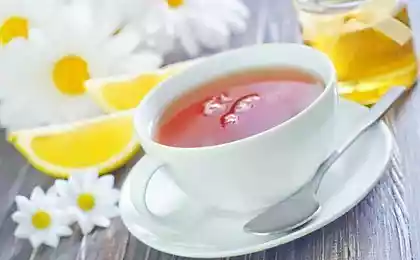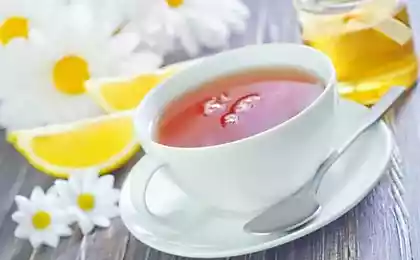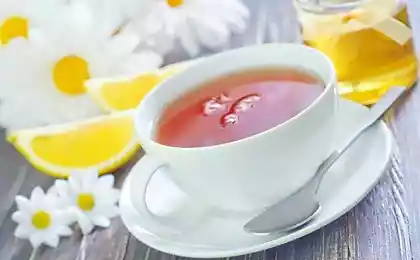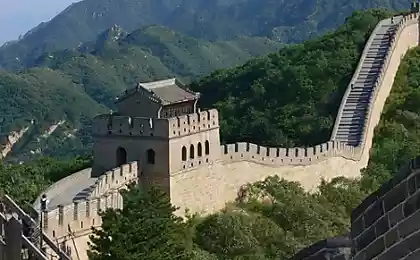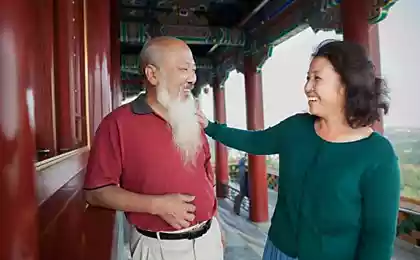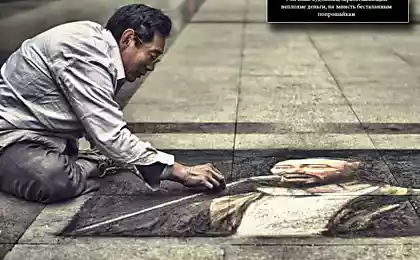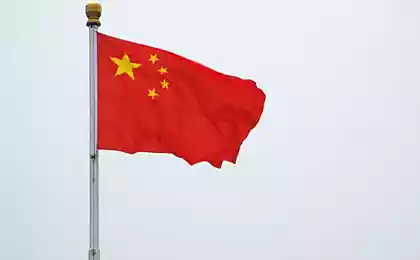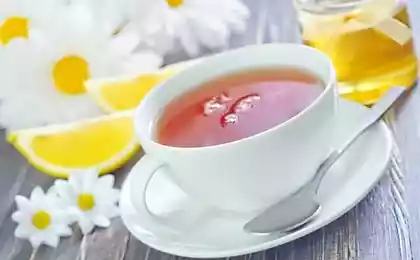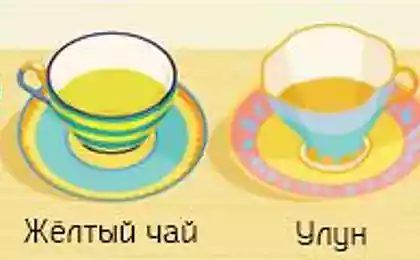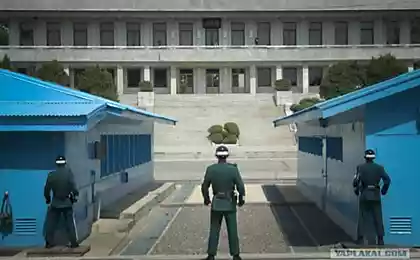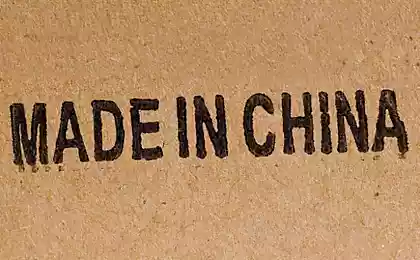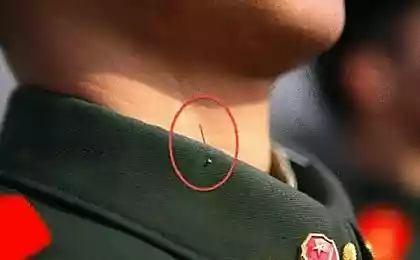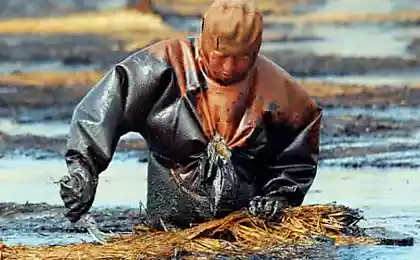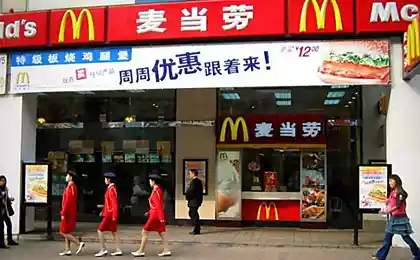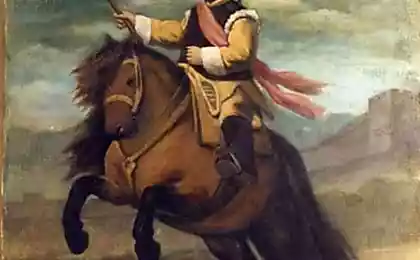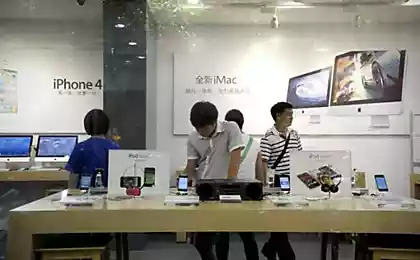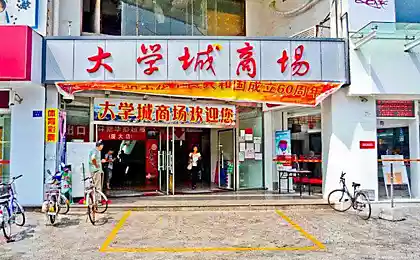629
About China, tea ceremonies and
As I see, the theme of the China Yap popular in this sin not to post :)
My friend wrote a post on my leprosy, Akka on Yap had not, so pereposchivayu.
It will be 39 pictures + text without breaking.

你好 麻风 村!
It so happens that I am passionate about the Chinese tea and often happens with friends in China. We call these outrages tea expedition naturally climb into the non-touristic Ebony China to find out how grown and made tea without myths and legends.
A couple of days ago, I once again returned from Xiamen (厦门): in May happened to inspect hsi (安溪) and Wuyi (武夷山) - the most famous chaeproizvodyaschie regions of Fujian Province (福建). But the post is not about them but about the April outing to the city of Lunan (龙 安), which is close to Fuding (福鼎), all in the same Fujian. Among other things, the devastation in that city make white tea, and we (as a part of me, a Russian friend and girls) went there was at the very time of the collection of tea. The family, which we took as guests - friends of my girl friend, so had the opportunity to capture the everyday life of ordinary farmers from the most remote places in China.
All lovers sit on the sand-colored carpeting with candles over a cup of tea from the magic of "their" tea farmers to speculate about the great mastetstve and gongfu tea masters and force Qi Shen aged Puer read more I do not recommend. There is not this garbage.
Lunan town itself is quite depressing and totally unremarkable. Landscape sad to 100%: monotonous concrete box with no windows, smoke everywhere coal-fired boiler, the main production in the city - rubber and stone. No hint of vegetation expensive, delicate, refined and sophisticated white-imperial tea.
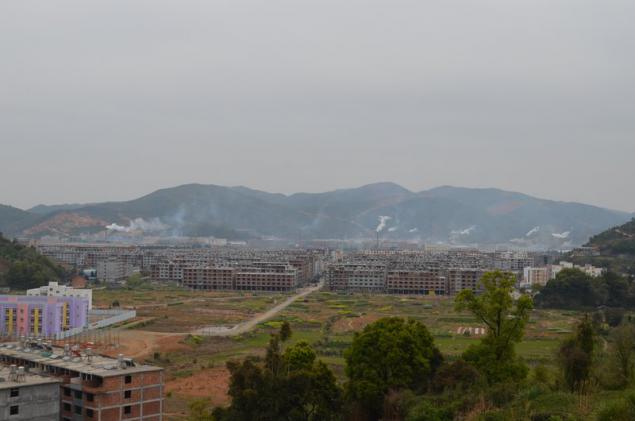
Looking around in search of some culture and sublime entertainment in general, we have found on the hillside Buddhist monastery, as well as the monks like tea, it was a sin not to look to the ministers of religion.
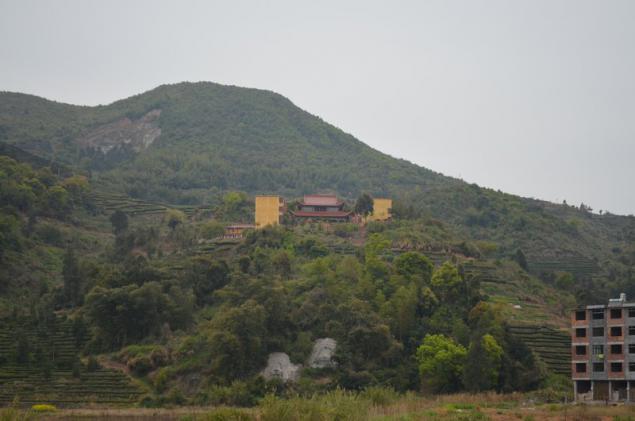
Village at the foot of the mountain called 江南 村. By the way, 江南 - so Chinese transliterate gangnam, so that the village was in the style of Gangnam.
On the way to the monastery met many tea terraces and tea pickers and ruffled laobaney (owners) who were guarding them.
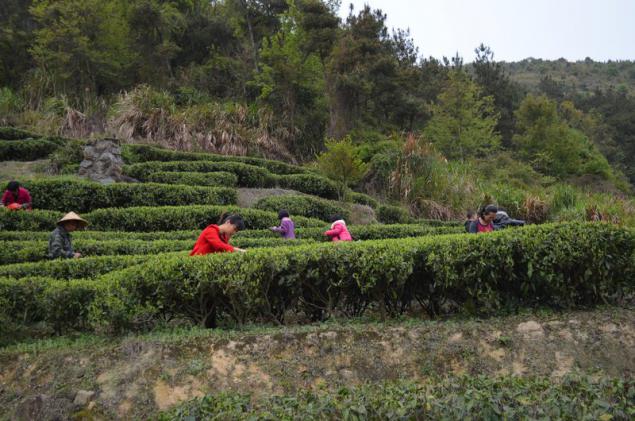
Look at the face of the collector, Chinese peasants are very kind and open people.
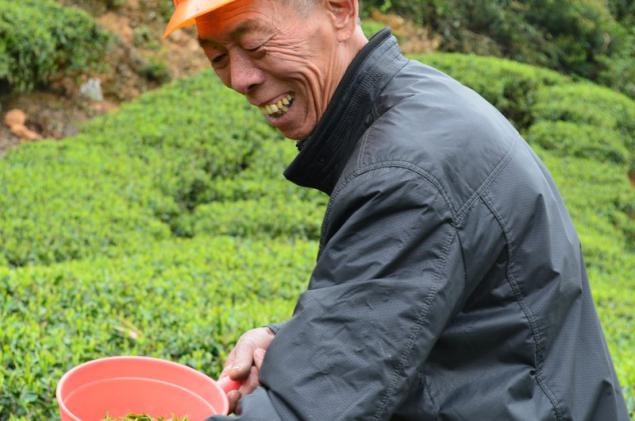
The white tea are only the top bud and leaf next to her. Therefore, from one bush receives only a handful of the kidneys, and this caused its price, this tea can be harvested only by hand! Interestingly, in most cases, the leaf collectors and owners of manufacturing industries - who are not related. The last being more intellectually developed individuals (if properly used the term as applied to this class of people) and a savvy deal less painstaking and hard work, get the greatest profits. Raw materials purchased from farmers, pickers, who are engaged in this hell of a job, it is worth a penny, and after processing in the production of a straightforward 3-4 times more expensive.

Source:
My friend wrote a post on my leprosy, Akka on Yap had not, so pereposchivayu.
It will be 39 pictures + text without breaking.

你好 麻风 村!
It so happens that I am passionate about the Chinese tea and often happens with friends in China. We call these outrages tea expedition naturally climb into the non-touristic Ebony China to find out how grown and made tea without myths and legends.
A couple of days ago, I once again returned from Xiamen (厦门): in May happened to inspect hsi (安溪) and Wuyi (武夷山) - the most famous chaeproizvodyaschie regions of Fujian Province (福建). But the post is not about them but about the April outing to the city of Lunan (龙 安), which is close to Fuding (福鼎), all in the same Fujian. Among other things, the devastation in that city make white tea, and we (as a part of me, a Russian friend and girls) went there was at the very time of the collection of tea. The family, which we took as guests - friends of my girl friend, so had the opportunity to capture the everyday life of ordinary farmers from the most remote places in China.
All lovers sit on the sand-colored carpeting with candles over a cup of tea from the magic of "their" tea farmers to speculate about the great mastetstve and gongfu tea masters and force Qi Shen aged Puer read more I do not recommend. There is not this garbage.
Lunan town itself is quite depressing and totally unremarkable. Landscape sad to 100%: monotonous concrete box with no windows, smoke everywhere coal-fired boiler, the main production in the city - rubber and stone. No hint of vegetation expensive, delicate, refined and sophisticated white-imperial tea.

Looking around in search of some culture and sublime entertainment in general, we have found on the hillside Buddhist monastery, as well as the monks like tea, it was a sin not to look to the ministers of religion.

Village at the foot of the mountain called 江南 村. By the way, 江南 - so Chinese transliterate gangnam, so that the village was in the style of Gangnam.
On the way to the monastery met many tea terraces and tea pickers and ruffled laobaney (owners) who were guarding them.

Look at the face of the collector, Chinese peasants are very kind and open people.

The white tea are only the top bud and leaf next to her. Therefore, from one bush receives only a handful of the kidneys, and this caused its price, this tea can be harvested only by hand! Interestingly, in most cases, the leaf collectors and owners of manufacturing industries - who are not related. The last being more intellectually developed individuals (if properly used the term as applied to this class of people) and a savvy deal less painstaking and hard work, get the greatest profits. Raw materials purchased from farmers, pickers, who are engaged in this hell of a job, it is worth a penny, and after processing in the production of a straightforward 3-4 times more expensive.

Source:
In a State Duma deputy from the Liberal Democratic Party have found 8 apartments in Miami
Valley of the Dead excavators.
